In the middle of the North Atlantic Ocean, a small autonomous sailboat named Warrior has been sailing around in a roughly 250 mile wide oval for the last 90 days – seemingly stuck and unable to continue its hoped-for journey to Europe. The boat’s persistent conundrum opens a window into understanding the ocean currents that drive the weather and have shaped the history of places from New England to Africa.
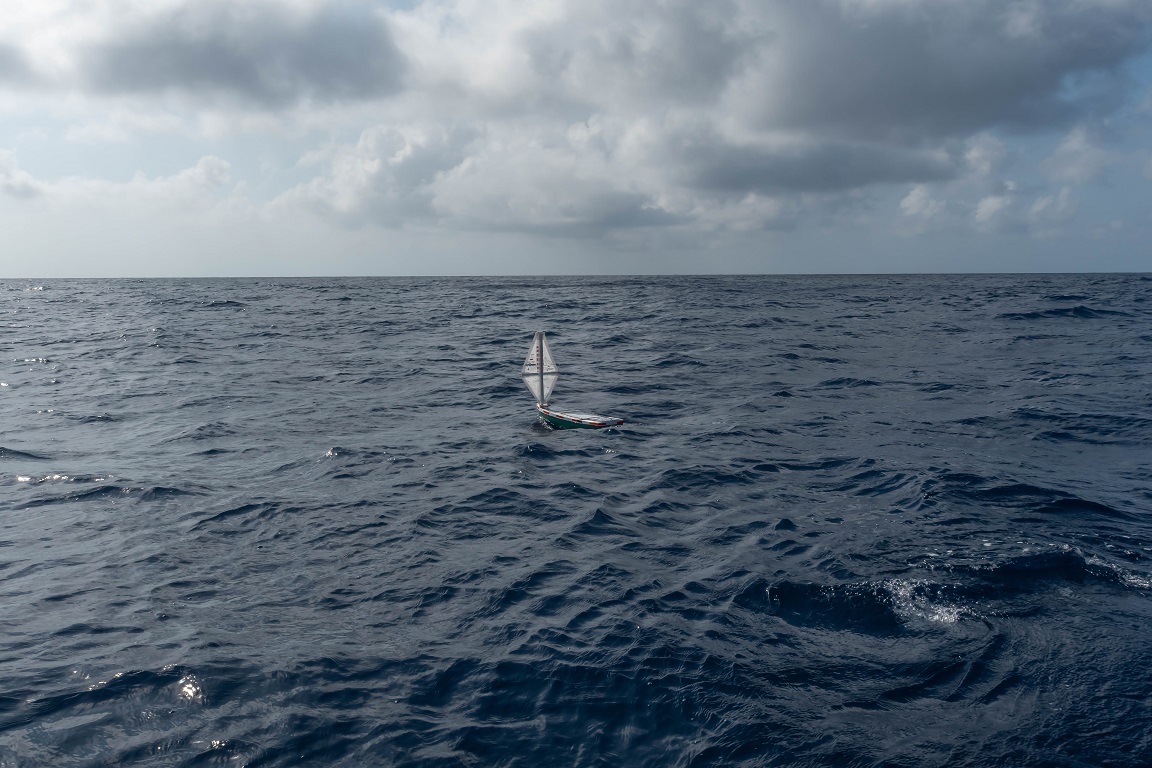
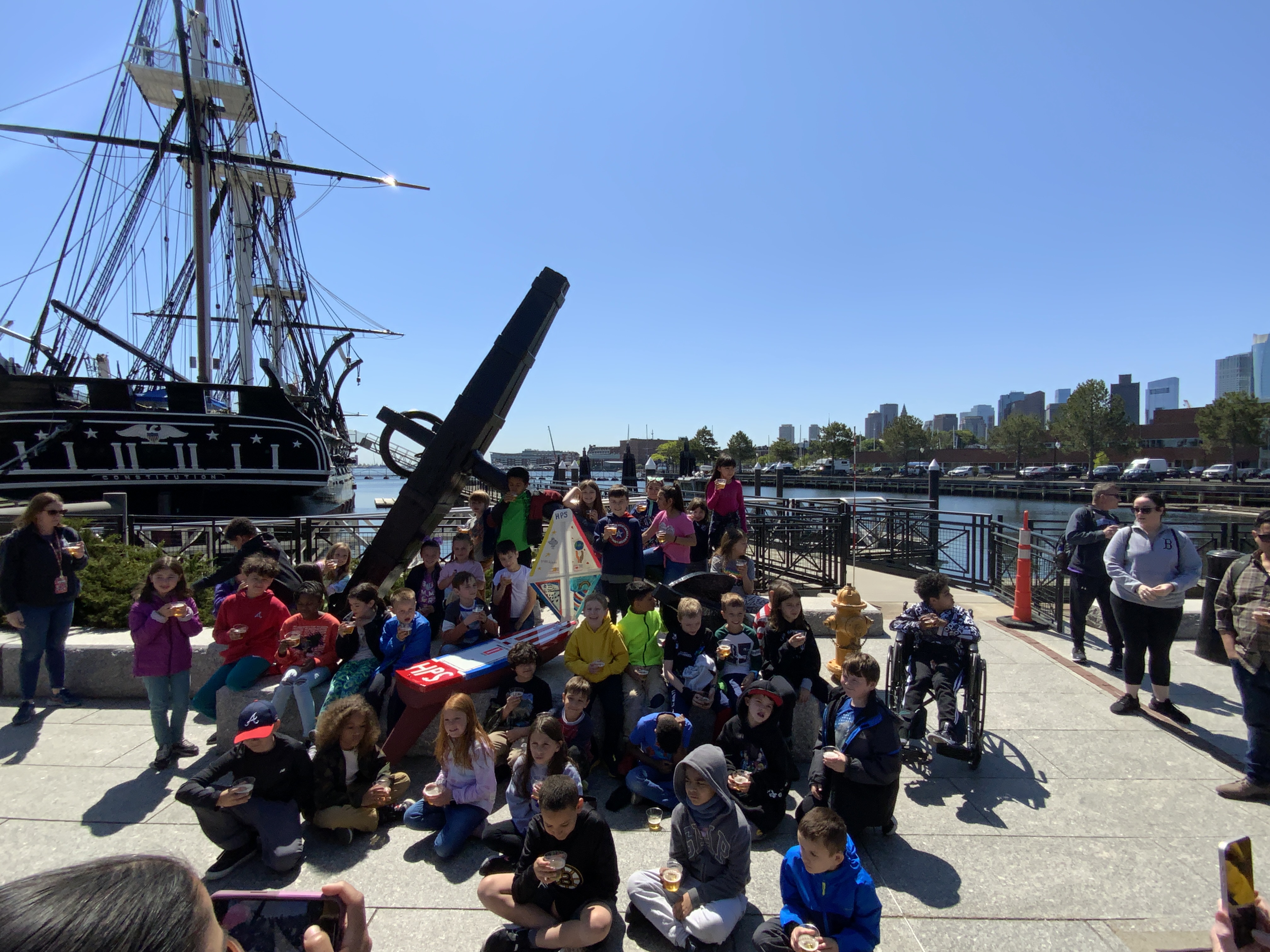
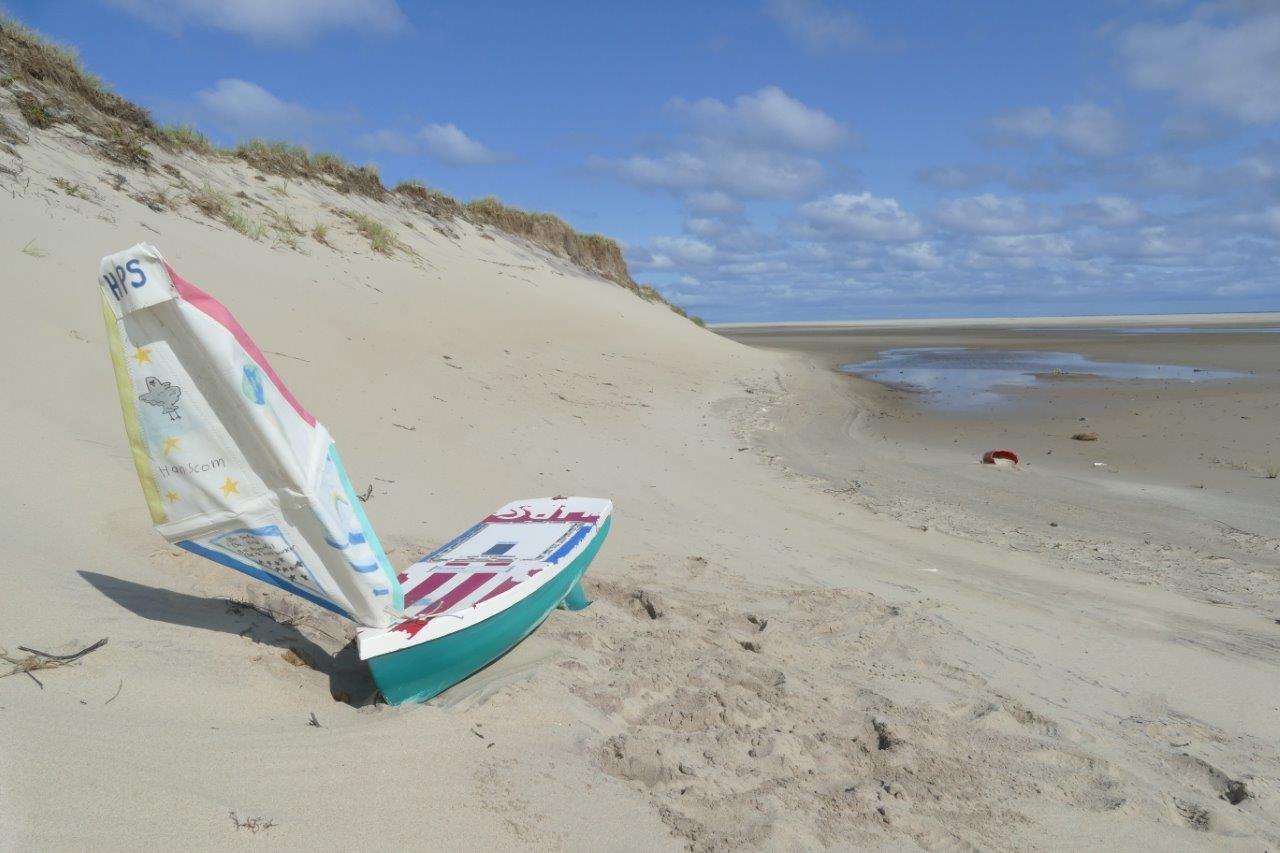
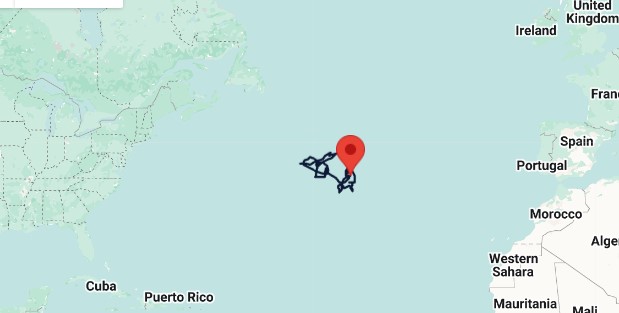
The North Atlantic gyre, as it’s known, is a clockwise pattern of major ocean currents and smaller eddies and subgyres that dominate the entire North Atlantic basin from Greenland and Iceland to the equator. The warm water Gulf Stream surges up from the Caribbean past Florida and along the U.S. East Coast before curving west toward Europe. There is a portion of it that branches off and continues north toward the English isles while another flow turns south toward Africa. Off the coast of West Africa, the current turns west back across the Atlantic to the Caribbean.
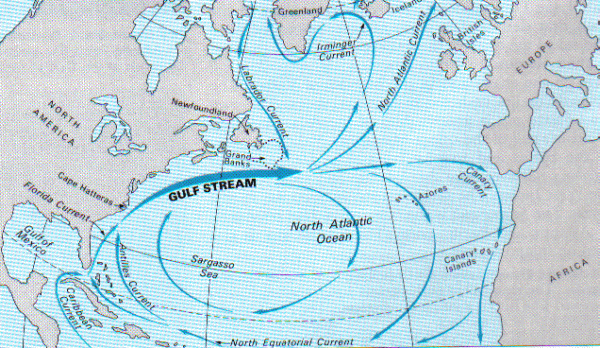
In the middle of this clockwise rotation of currents lies a much stiller area of ocean, where the current and winds are generally weaker. Current eddies driving toward the center carry sargasso seaweed, nicknaming the region the Sargasso Sea. Like sargasso, the miniboat Warrior appears to have been driven toward the center of the gyre. This region has also become known as a circulation center for plastic garbage, which much like the sargasso and the miniboats, is driven into this stiller area of the ocean. Though it has become popularly known as the “garbage patch,” much of the plastic debris has broken down to near-microscopic levels, which then dramatically affect the marine life.
Above the water, a dominant high-pressure weather system tends to hang over much of this region, producing lighter winds and calmer conditions in general. The combination of light winds and little current mean floating objects like the miniboats can be caught and stay in the region for extended periods.
But none of this means that Warrior and its sister ships will never make their way out of the center of the gyre. With the coming of winter, low pressure weather systems are more common offshore and may carry Warrior back up into the Gulf Stream on a ride to England and northern Europe, or it may move far enough east to catch a southerly current toward Spain or Africa. In between are the Atlantic isles of the Azores, which has already been the landing place of another USS Constitution Museum miniboat, Teal Turtle. Any option would be an exciting next step in Warrior’s journey! Track the miniboat directly on the Educational Passages website.
The Author(s)
Carl Herzog
Public Historian, USS Constitution Museum
Carl Herzog is the Public Historian at the USS Constitution Museum.
Sarah Dunbar
Community Engagement Manager, USS Constitution Museum
Sarah Dunbar is the Community Engagement Manager at the USS Constitution Museum.